Teach the READER, not the Reading! The Sight Word Epidemic
Sight Words…. Friend or Foe?
Stanford University Brain Study on Sight Words
And the Research Says…..
Research shows that teaching kids to decode, or “sound out” words sparks far more optimal brain circuitry than instructing them to memorize them.
Stanford University’s study on brain waves shows how different teaching methods affect reading development…
“Beginning readers who focus on letter-sound relationships, or phonics, instead of trying to learn whole words, increase activity in the area of their brains best wired for reading. In other words, to develop reading skills, teaching students to sound out “C-A-T” sparks more optimal brain circuitry than instructing them to memorize the word ‘cat,’ and the study found these teaching induced differences show up even on future encounters with the word. This groundbreaking study provides some of the first evidence that a specific teaching strategy for reading has direct neural impact.”
—Dr. Bruce McCandlss (Click here to access the study.)
In other words, never MEMORIZE what you can READ!
So why do beginning grade learners have to memorize so many sight words?
That’s easy.
It’s because they can’t read them.
The Science of Reading: Decoding Sight Words vs. Memorizing Them
Most kindergartners spend the entire grade level year learning the individual letters and sounds, which means that they whole year they’re in kindergarten, they can effectively read almost nothing. Even once they do master the individual letters and sounds, most still can’t read almost anything.
That’s because when letters get together in words, they most often make entirely different sounds than the ones they make by themselves. These letter sound patterns are called phonics skills and traditionally take between three to four grade level years to acquire, from prek to 3rd grade. That’s a long time to make kids wait for the whole code needed to read and write—especially since they’re doing both every day, beginning in kindergarten!
But how do beginning grade learners read words like: the, they, my, she, or, are, how, saw, too, day, girl, boy, more, etc.. when the letters they know aren’t making the sounds they should?
The answer is they don’t. They just have to memorize them.
Early grade teachers often rely on sight word memorization to help beginning and struggling readers pass grade level text assessments. It’s meant to help compensate for all of the phonics skills not yet taught, and yet needed in order to read the words. The result, however, is that even “easy to read” words like those above are added on to an already overwhelming list of required sight words that kids have to memorize—not because they not decodable, but because they don’t yet have the code-based skills they need to read them.
Most districts across the U.S. currently require first grade students to “know” (not read) 300 words in order to pass on to second grade, which only serves to shift the instructional focus from teaching the reader to teaching the reading (i.e. the words). Not only is word memorization ineffective and potentially harmful as a reading strategy (as per the above research done by Stanford University and that related to the Science of Reading on Dyslexia) but it’s also highly inefficient and developmentally inappropriate. With so much instructional time spent on memorizing words, there’s little left over to help learners develop the skills they actually need to read them. Not to mention that, for young children, the most meaningful learning occurs through movement, play, questioning and exploration.
Fast-Tracking Phonics through the Brain’s Backdoor
The Stanford study shows why it’s so important to underscore the traditionally slow pace of phonics instruction with Secret Stories®, particularly at the earliest grade levels where “daily reading and writing time” holds little value for students who haven’t yet learned the phonics skills needed to actually read or write.
The Secrets give very young, as well as struggling upper grade learners, to make sense of letter sound behavior, in the same way they make sense of their own behavior, and that of their classmates….who doesn’t get along, who has crushes on each other, who always gets hurt, who is sneaky (and where they are likely to get away with it!), doing what your mom or babysitter says tells you to (but only if they are close enough to make you!) etc.
Social Emotional “Superhighways” for Accelerated Learning
Brain science carves-out a perfect “backdoor” pathway for learning, one that’s rooted in the earlier developing, affective, or “feeling” domain. Our brain develops from back to front, and the earlier-developing “feeling-based” networks offer a more easily accessible and reliable pathway for learning than the later-to-develop, “higher level” cognitive processing centers.
This is especially true for very young learners, who often experience issues with developmental readiness, language delays, etc., as well as for older, struggling readers with different language backgrounds/deficits, cognitive processing delays, including dyslexic learners.
Taking advantage of the brain’s “backdoor” systems for learning by aligning phonics skill concepts with already familiar, social-emotional experiences and understanding empowers even very young and inexperienced learners to easily predict the “most” and “next-most” likely sounds of letters in words—even those they have never seen before.
The Secrets put meaning where there would otherwise be none (i.e. letters/sounds), giving teachers a way to make phonics make sense to kids! The more Secrets they know, the more words they can read…..and the less words they have to memorize!
“A Secret’s Worth a Thousand Words”
Knowing the Secrets empowers kids to decode approximately 95% of the most commonly memorized sight words, which means they can be crossed off the list of 300 words to memorize, and instead, be add to the ever-growing number of words that they can just read.
The Secrets work with any existing reading curriculum or phonics program to fast-track learner access to the code they need to read and write, with no grade level “walls” and no designated waiting times.
And to decode those seemingly “undecodable” words, like: of, was, want, what, some, come, love, done, etc., check out the “Thinking Vowels/ Head Bop” strategy in the video below.
Secret Stories® is not a program, but works with any existing reading series and/or phonics curriculum to give teachers an easy way to fast-track more of the phonics skills kids need to read and write—with no “grade level” walls and no designated waiting times.
These little brain based stories explain the sounds letter make when they get together, with posters to help kids remember for independent reading and writing. Together, they help to cement the critical sound-symbol (i.e. speech to print) connections in the brain, and to empower even the youngest learners with the tools they need to read and write, instead of just copying words and memorizing them.
A Secret Stories® Sound Wall crystalizes “speech to print” connections for reading and writing in a way that all learners can easily understand, even kindergartners!
For a deeper dive into how we can use brain science as a road map to fast-track phonics skills for reading, check out this video clip, and continue the conversation in the NEW Secret Stories® “Teaching Phonics with the Brain in Mind!” Support Group on Facebook!
|

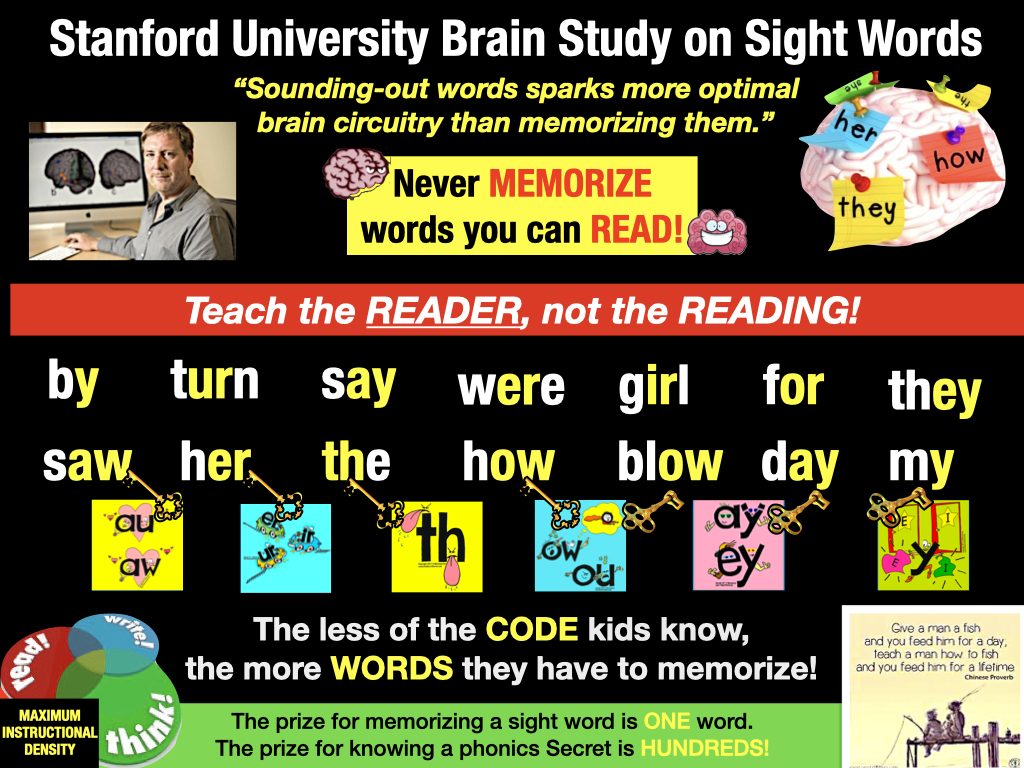
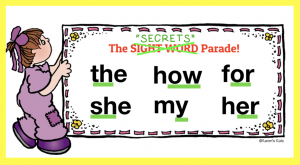
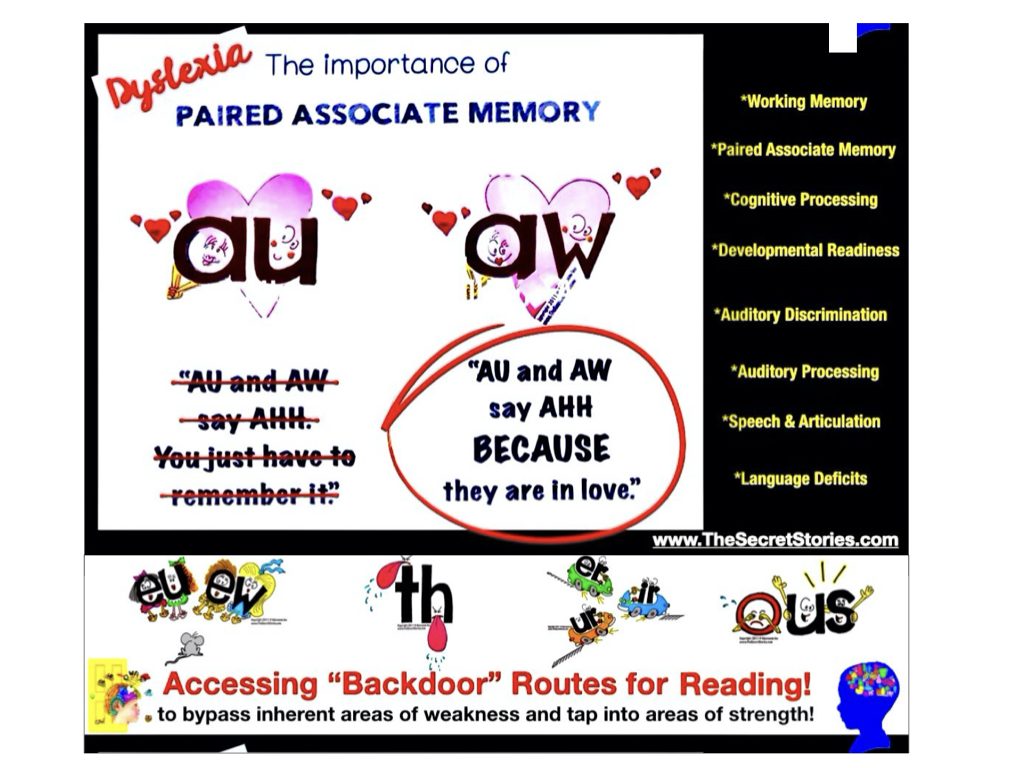
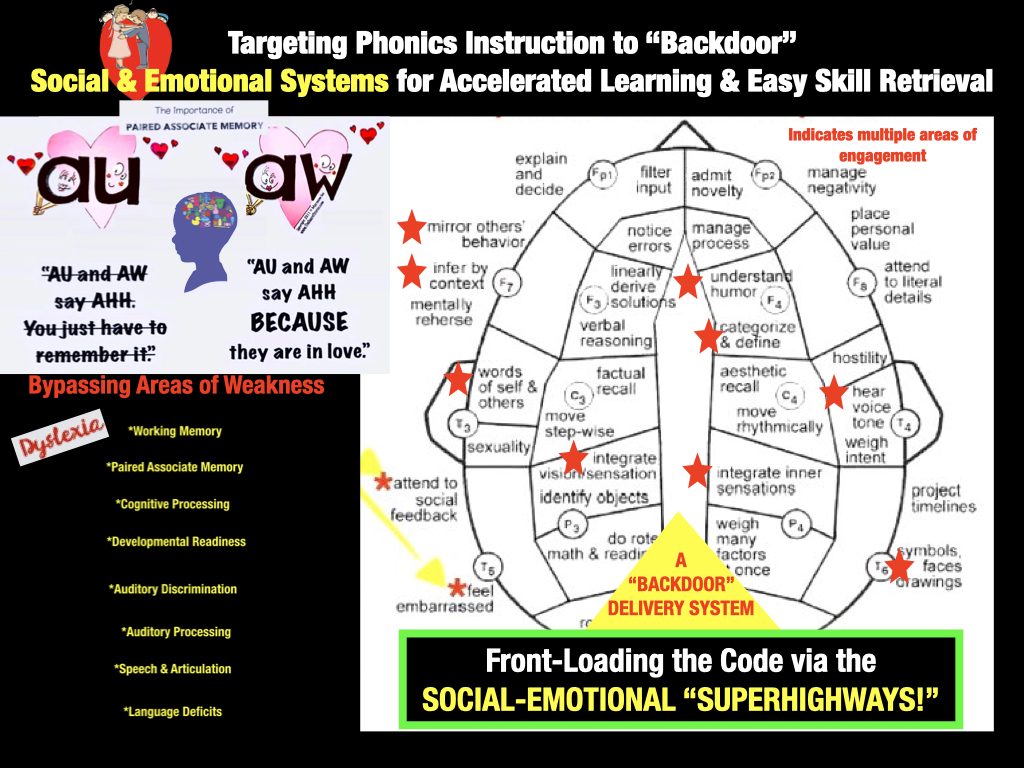
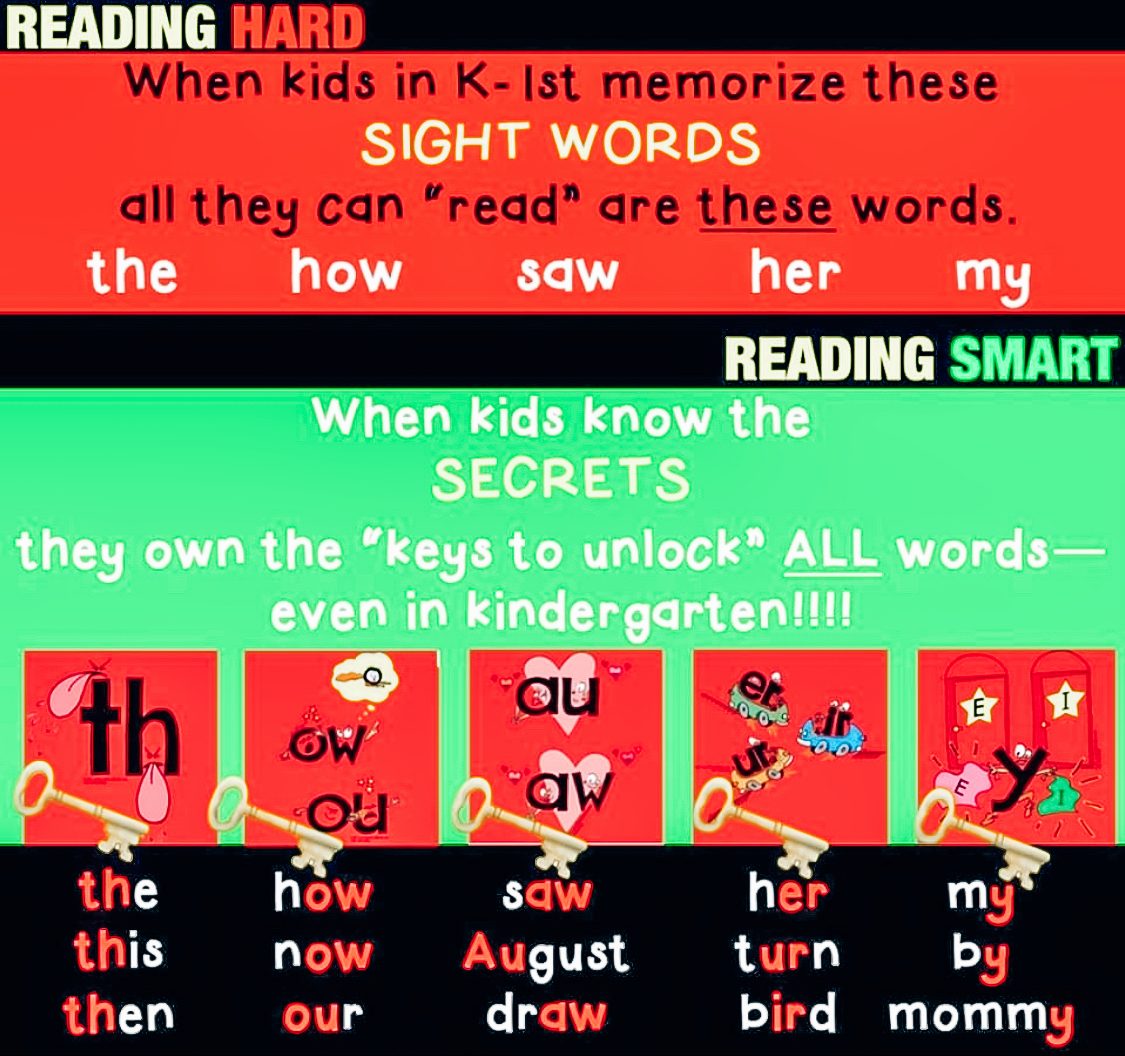
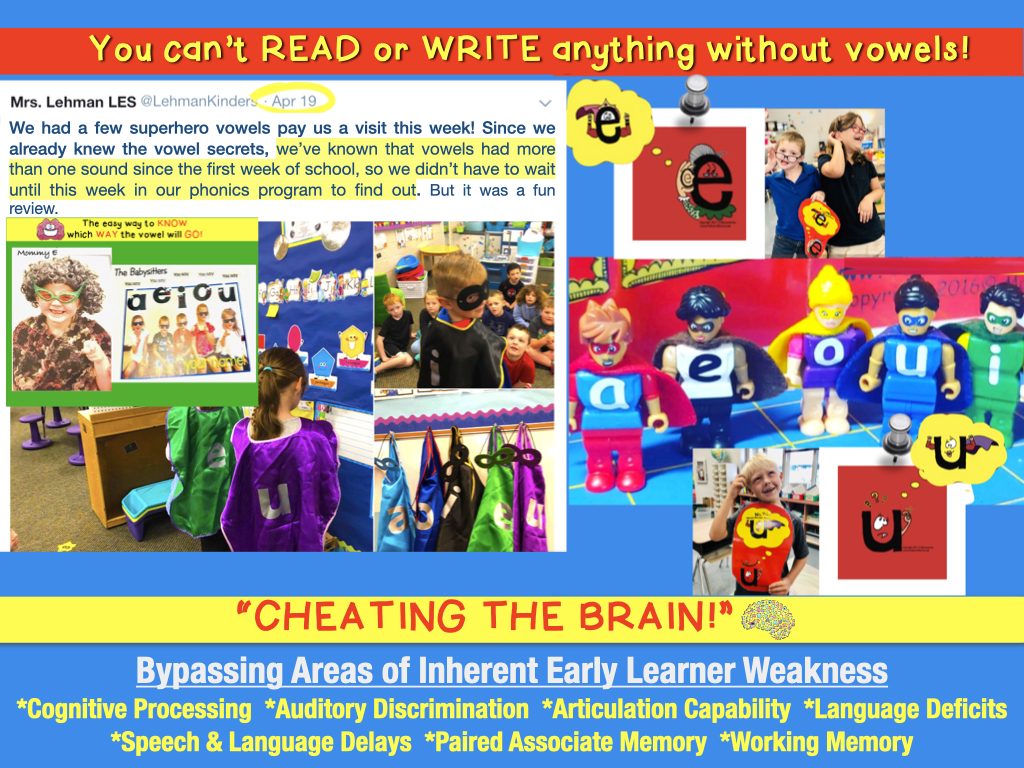
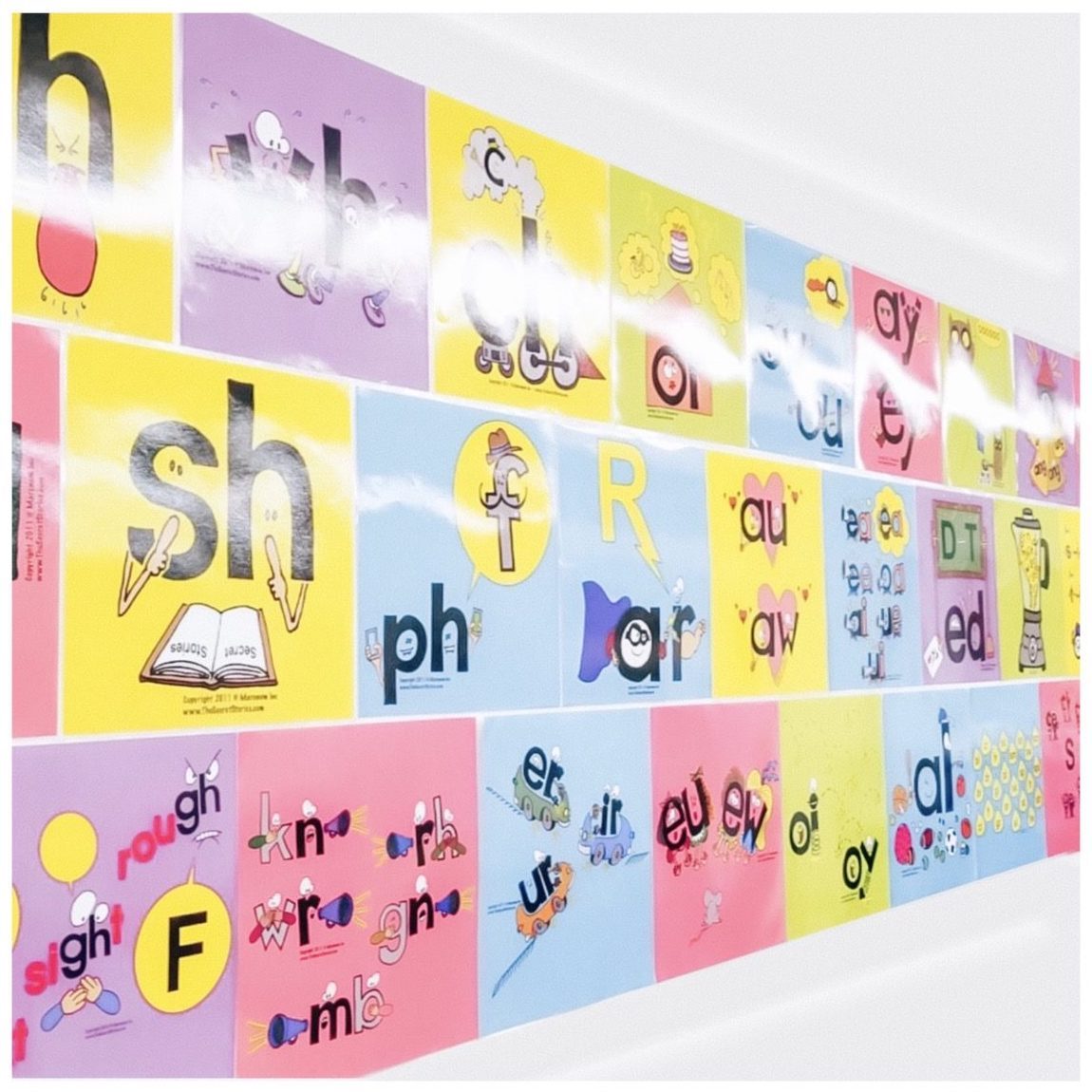
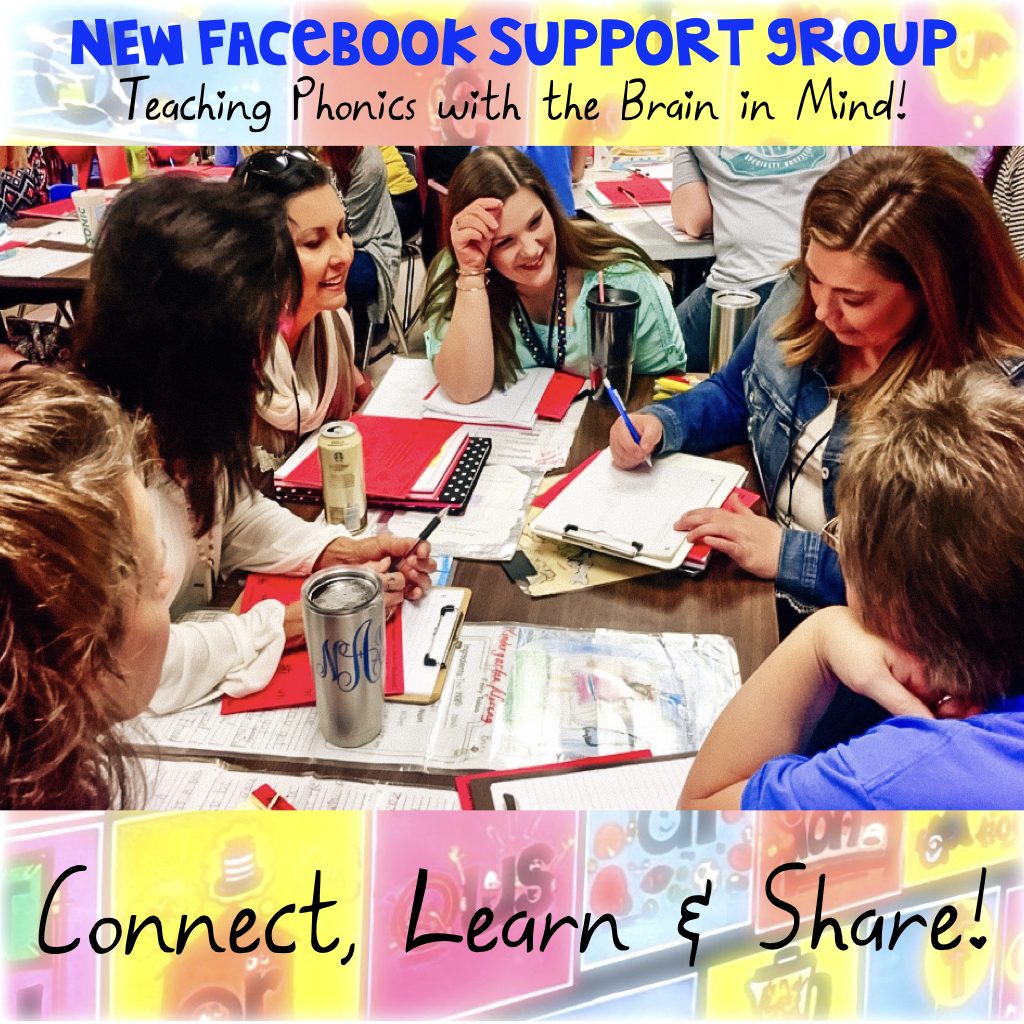







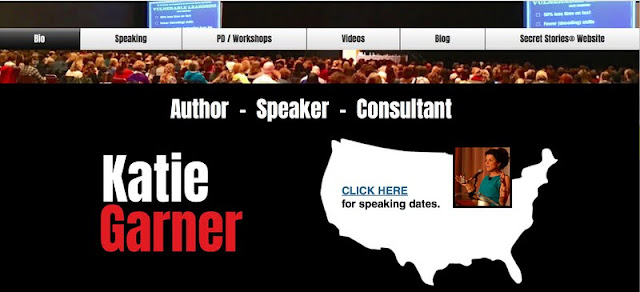
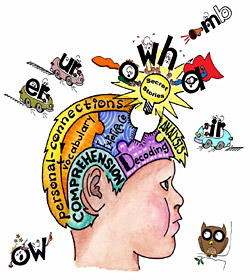

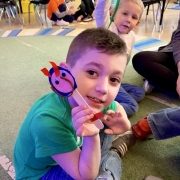




Love seeing these little ones reading
I'm a new follower, but a long-term user of the Secret Stories. I've taken mine with me to every school at which I've taught (my husband is in the army, and gets transferred a lot).
Wherever I go, they secrets spread like wildfire! My husband teases that I'm like "Johnny Appleseed" of the Secret Stories! The kids just get so far ahead and are so excited about what they can do that they're like walking billboards!
The first year I start teaching at a new school, everyone thinks I'm just THAT good! Lol
But then they find out that it's not me, but the Secrets :)
Sophie Leontz
Soletz442@gmail.com
I just wanted to let you know that I used your student writing samples with my own first graders as an exercise in spotting Secrets! They loved it, and they absolutely IN-LOVE with the secrets!!!!!!!
I saw the comment above about sharing the student writing, and I actually did the same with my kindergartners today! I also showed them the video clips, and only wish I'd had a video camera when to record their faces as the little boy was using the secrets to sound out the tricky words, as they were just priceless! We actually already have the porta-pic cards and use them constantly, but we don't have the placards, and I'm already thinking of all the ways that I could use them :)
Mrs. Mac is awesome, and I'm so grateful to her and her munchkins for sharing :)
They are AWESOME! They even present with Mrs. Mac in workshops for other teachers in her district. They're the perfect teachers, as they know exactly what other kids need to know!!
This comment has been removed by the author.
I'm so glad to hear that, and were you, by any chance, teaching on the marine base at Camp Lejeune, as I did a couple of workshops there a few years ago?
Oh, and by the way, I'm sure you really ARE "that good!"
That's so funny, as I almost suggested doing that in the post! The kids always love watching other kids do what they do, the same way that they do it. I've had teachers tell me that their kids feel as if they are part of a secret club when they hear about/see other kids from other states and around the world who also know the Secrets!
I wish that you HAD had your video camera, as how funny would that be to post a video of YOUR kids watching a video of THESE kids!!! Next time, you've got it ready to go, just in case ;)
My kindergarten love the secret stories, and I am amazed at their growth in reading and writing. This is my 2nd year using them and have shared with many friends.
Amy Vickery
amyvickery@att.net